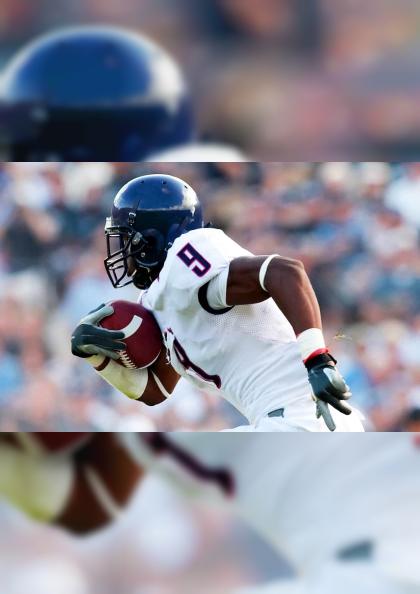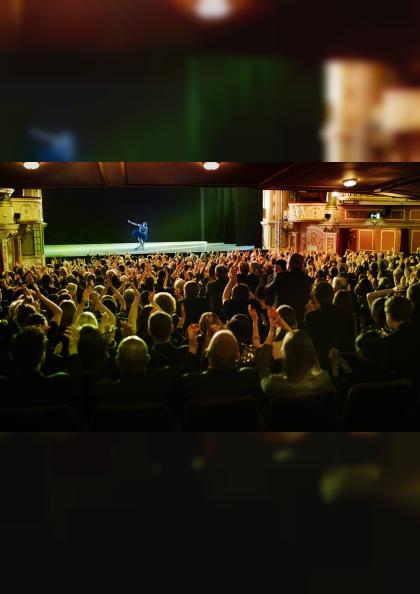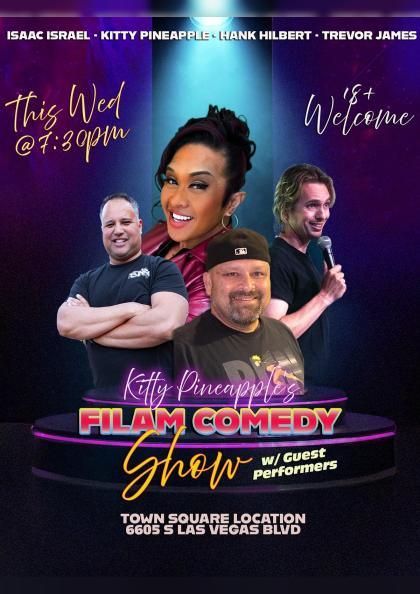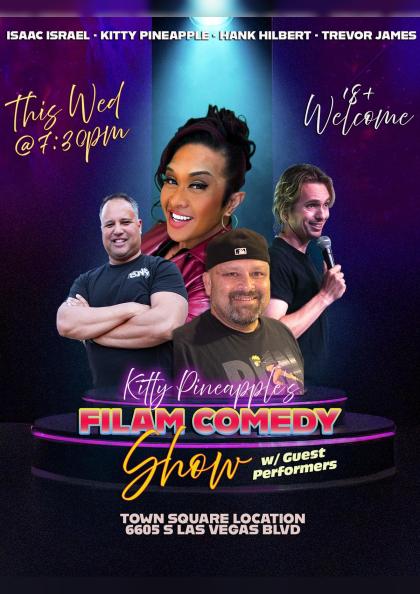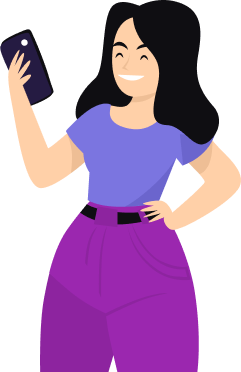Making Reality Virtual How VR “Tricks” Your Brain
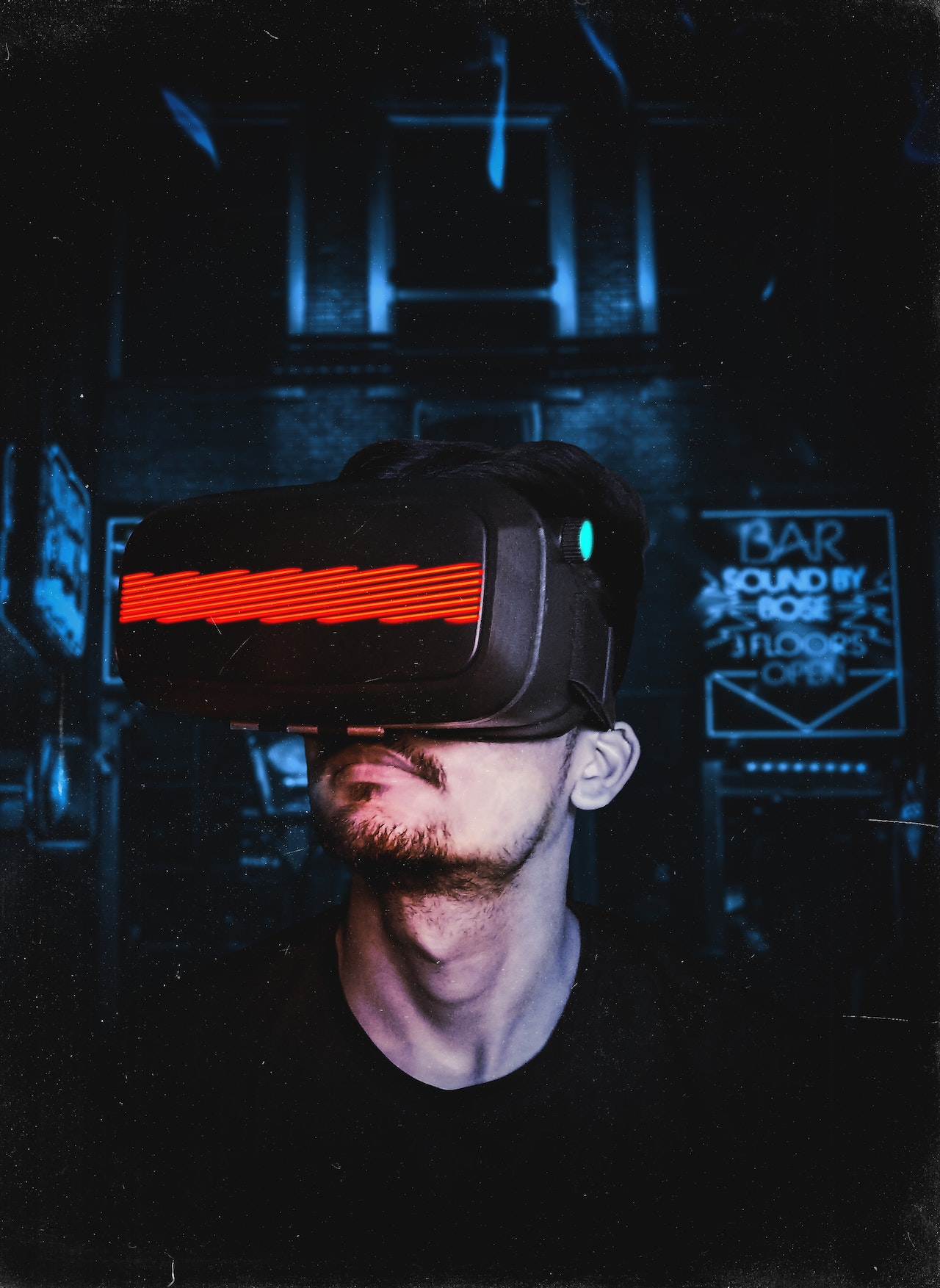
Virtual reality (VR) can feel like being magically transported to a different world. It's an instigative technology but, after we put the headset on, we infrequently stop to ask how and why does it all feel so realistic? In this composition, we're going to explore some of the generalities and ways that make VR so satisfying. We'll discover that VR is effective because it mimics the gests we encounter and the rates of the real world around us. Our eyes and cognizance work the same whether we're in a real world or a virtual bone . When we pretend the way we witness the real world — for case, by bluffing three-dimensional scenes using stereoscopic vision — VR can make us feel like as if we're in a different world altogether, but a veritably realistic-feeling one. After reading this composition, you'll have a introductory understanding of what happens in VR. In short, you'll have a sense of how VR technology is designed to tap into the way our smarts work each day. You'll see how VR tricks our smarts to believe that we're nearly differently entirely, in intriguing and occasionally unanticipated ways.
Making VR Feel Real
Virtual reality (VR) surroundings can be as small as the cockpit of an airplane or as large as an entire virtual world. These surroundings are designed to be as realistic as possible. ImmersionHow well virtual reality be suitable to mimic or pretend the real world as we know it. Refers to how well technology can pretend the ways we smell and perceive the world in our everyday life. VR is considered immersive when our experience in a virtual world is analogous to our experience in the real world. In the real world, for illustration, you can walk or run at different speeds. The technology behind VR is designed to make us feel like as if we've left the place we're standing and have been transported nearly fully different. The more satisfying (or immersive) the virtual world is, the further we start believing — or at least feeling as if — we are in the virtual terrain.
So how does this? Let us imagine that we're going to make an alternate macrocosm for a friend to witness; it needs to be veritably satisfying for us to succeed. However, also our friend’s brain will be “tricked” into seeing that this macrocosm we've designed feels real, indeed though she knows, if we get it right.However, our friend’s gests in the alternate macrocosm will fall suddenly of how her brain would perceive (or interpret) effects in the real world, if we get it wrong. She might suppose the experience is pleasurable, but her brain won't be “tricked” effectively. A third possibility is that we get it really wrong. This last script could mean that our friend gests cybersicknessA feeling of disorientation and/ or nausea that can affect from the vision of moving through virtual surroundings. These unwelcome sensations can also be caused by lagging (or detainments) between what your vision expects and what the virtual world presents. Which is when VR tricks your brain into passions of stir- sickness (that queasy feeling some people get in an auto, airplane , or on a boat). In other words, VR is ineffective when the virtual world “behaves” else than the real.
How VR “Tricks” Our Brain
To understand how effective VR workshop, we first need to understand a little about how the brain makes sense of the world around us. Let us stop and suppose about the senses that allow us to witness the world vision, hail, and touch, to name a many. To make sense of the world, the brain needs to first bring in information from sensitive organs, similar as the eyes, cognizance, and skin. But bringing in the information only describes sensationThe different ways our body has of bringing us information about the world around us (for illustration, vision, hail, touch, and taste), and the act of transferring that information to our brain to perceive. — the act of transmitting information from the sense organs to the brain. What happens is that the brain interprets this information, allowing us to understand what's passing in the terrain. The brain’s interpretation of the senses which produce our understanding is called perceptionThe process of our brain interpreting our senses into gests. It's this interplay of sensation (using vision, hail,etc.) and perception (our brain’s interpretation of this information) that creates our experience of reality.
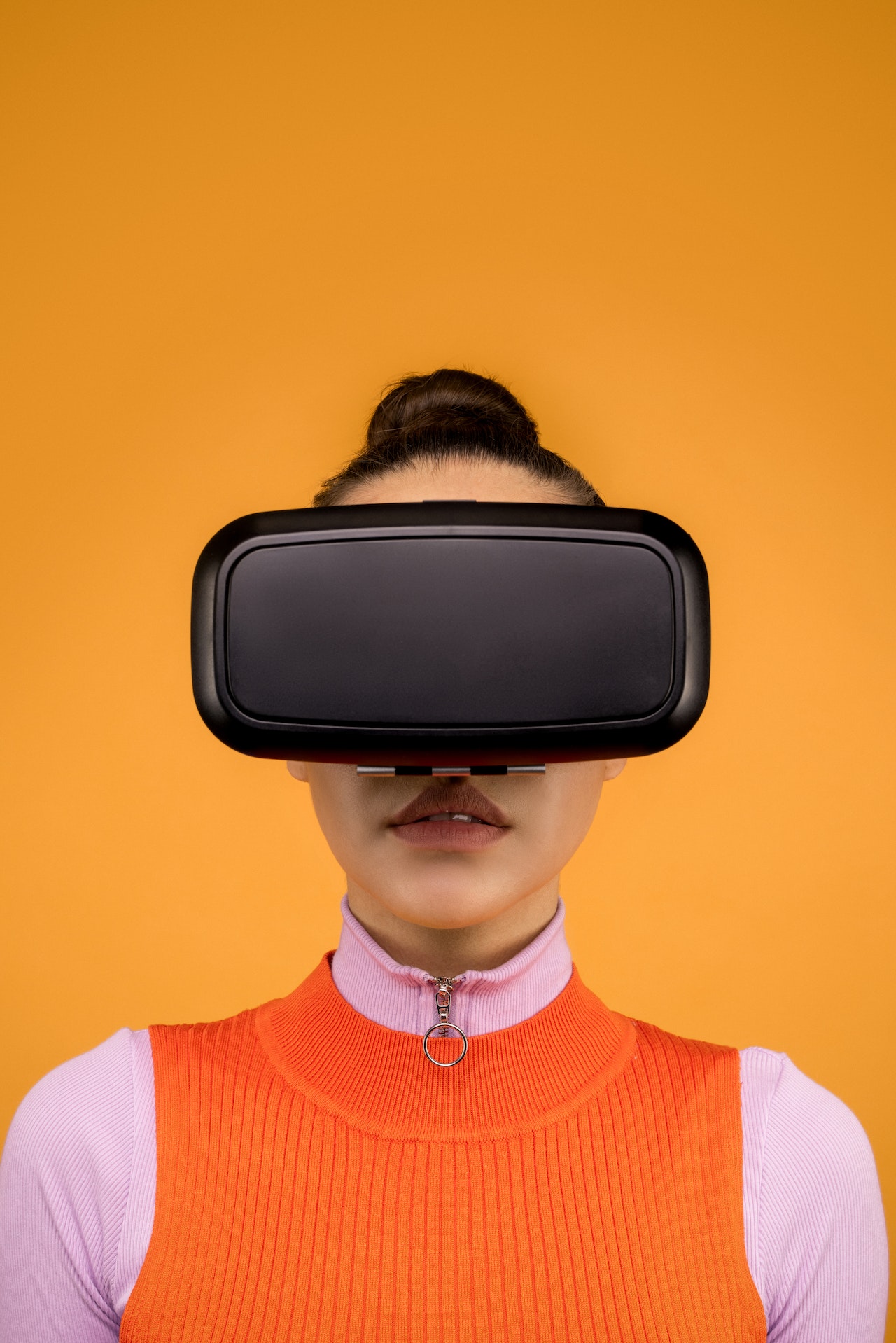
How to produce a Virtual World
So how do we produce stereoscopic vision for our friend’s virtual experience? First, we need to get her a VR headset. VR headsets pretend binocular vision by presenting slightly different images to each eye, giving the vision that a two-dimensional picture is a three-dimensional terrain. Advanced VR headsets can be precious, but you can make an affordable bone at home with Google Cardboard and also use a mobile phone as the donation screen (using apps that resolve the image into separate views for each eye).
Seeing in stereo isn't the only thing we will need, because our people will want to look around at her surroundings the way we do when we're exploring a new place. So, we need to introduce the idea of head-shadowing. Imagine walking into a beautiful edifice. Chances are you'll look up and down, left and right, and indeed behind you. In the real world, this happens so naturally that we don't indeed notice. Still, in discovering how to produce a VR terrain, we frequently need to stop and question effects that we generally take for granted.
What would be if our VR headset always showed the same piece of the picture no matter how far over or down we looked? It would not be terribly satisfying! An uncompelling virtual terrain is just what we'd get if we forgot about the head-tracking element of VR. When our friend looks up or down, the angle of the Martian drift should match the angle her head is refocused. When she turns around, the immersive terrain needs to show her the visual information that was preliminarily “behind” her. Head-tracking simply monitors the direction that your head is pointing by using commodity called an accelerometerA device that can tell whether (and in what direction) commodity ismoving., which can smell whether (and in what direction) commodity is moving. Smartphones have accelerometers erected into them by which you're suitable to enjoy certain types of games that involve tipping your phone. The phone’s accelerometer detects how you're tipping it and also adjusts your movement in the game consequently.
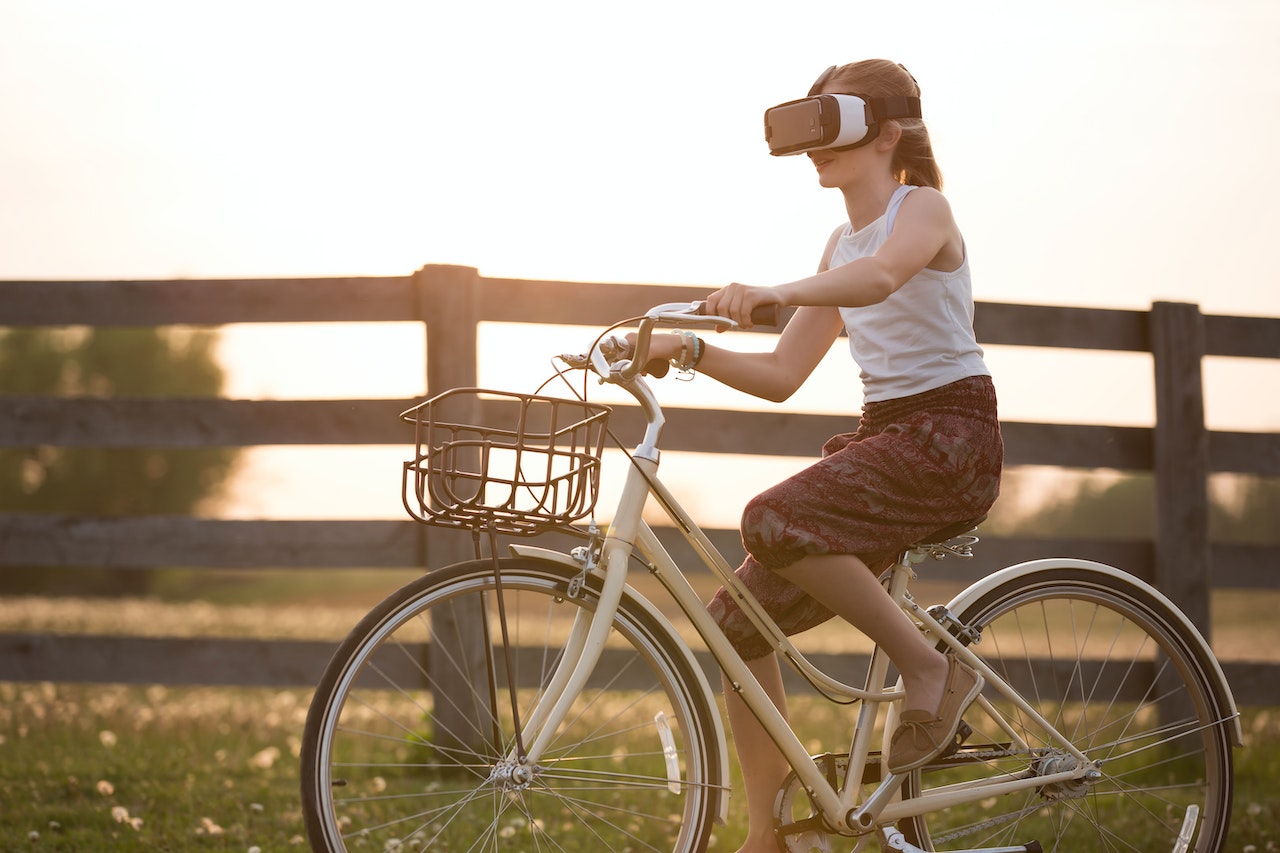
Just How Real Does VR Feel?
Let us assume we've got the factors of our VR headset correct and that our friend isn't prone to cybersickness; we've pulled off a successful virtual terrain, but how do we know how real it feels? Presence How persuading we perceive a virtual terrain to be is an important conception in VR. Presence is used to measure how much a person feels like they're now in the virtual terrain, rather of in the physical bone. One way to measure presence is by recording a person’s heart rate and other signs ofstress. However, you'll probably witness certain sensations a briskly twinkle, sweaty triumphs, If you get too close to a precipice edge in real life. Measuring these same symptoms of stress can be also done with people on a virtual precipice edge in a simulated terrain. One of the numerous ways VR is used outside of gaming is actually for the treatment of specific phobias, similar as acrophobia (fear of heights). With the careful use of VR by internal health professionals, people who have an violent fear of heights (or other types of phobias) can be treated by a process called methodical desensitization, in which they're suitable to sluggishly master their fear in a safe.
Virtual reality has the implicit to allow us to witness effects we'd likely noway encounter in real life. The virtual terrain we created for our friend only included the sense of vision. Advanced VR technology, still, incorporates other senses as well. The further of our senses that are rightly incorporated into a VR terrain, the further immersive, or true-to-life, it is. The further immersive the VR world is, the more present we feel and the more we lose track of the place where we actually live.
Conclusion
There's a big difference between learning about commodity through reading or watching pictures and actually getting to witness it. Frequently, we learn about subjects, similar as astronomy through handbooks and vids. In the future, still, wisdom class might just include field passages to VR surroundings, where we get to explore and feel what it might be like to walk around on a Martian drift. Eventually, this technology “tricks” our brain, making us feel like we're nearly differently by mimicking the perceptual gests we've in the real world, and persuading us that we're inside our games, or on the face of a different.





